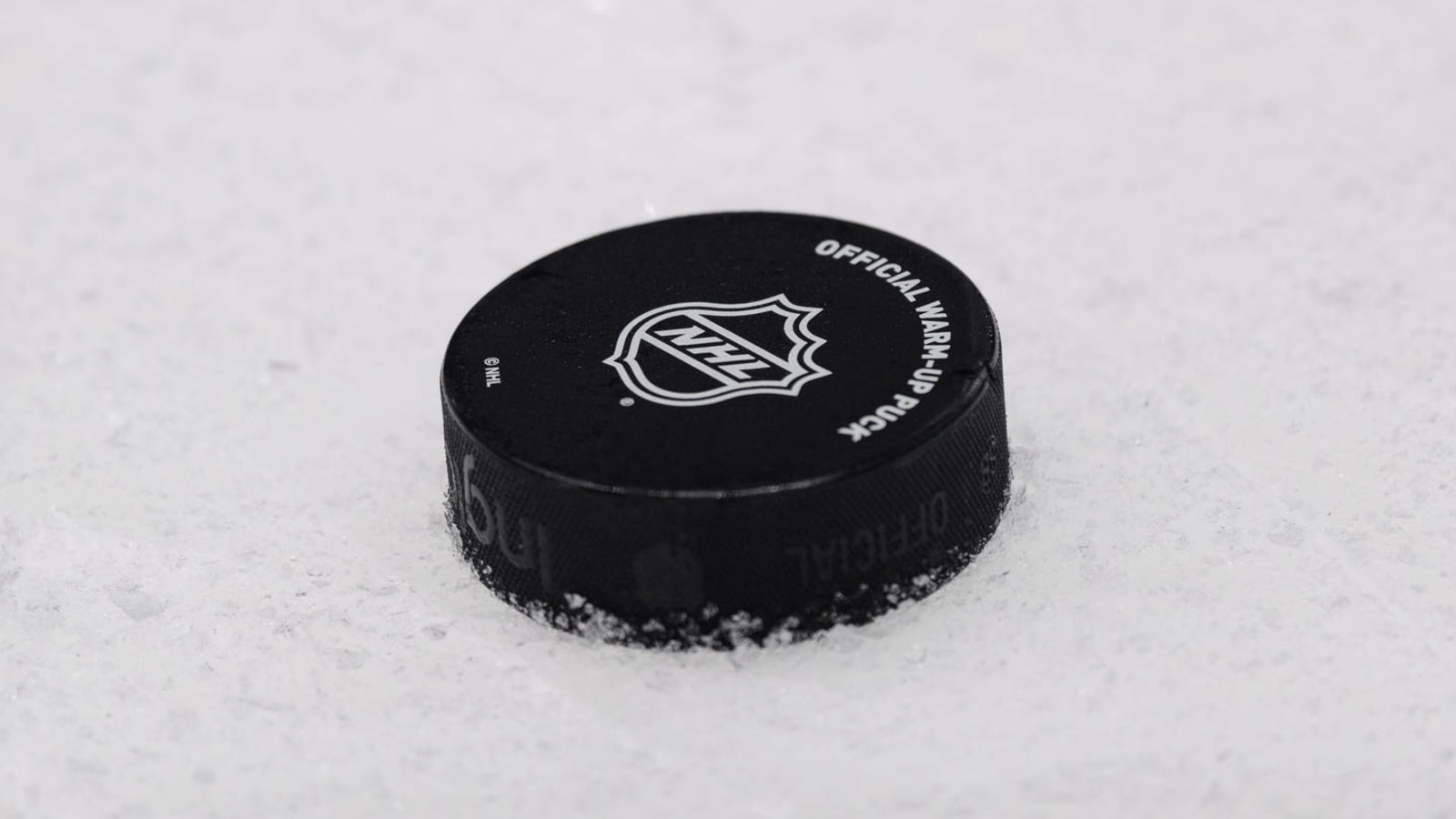
While the general sentiment surrounding the NHL’s return to the Olympics at the 2022 Winter Games is excitement, it isn’t without its downsides. The momentum of the regular season will be halted, participating players will face injury and COVID-19 risks, and non-participating players will growing cold over the 19-day break. One additional issue is the extended timeline for the regular season and the effect it has on salary-cap expenditures. As noted by cap resource PuckPedia, the length of the 2021-22 regular season is expected to be 200 days whereas the typical season is about 186 days. Those extra 14 or so days decrease the value of daily cap hits, making it more difficult for teams to accrue cap space over the course of the regular season. In yet another flat cap year, this could pose problems for some teams close to the cap ceiling.
While the salary cap and individuals salaries are often viewed in a season-long, overarching fashion, cap maintenance is in fact a series of daily calculations. The cap is tolled each day by the salaries on the active roster as a value of each cap number divided by the total days in the season. As a result, in a longer season each daily cap expense is worth less than in a normal year. Where this comes into play is with cap-driven demotions. Each year there are a number of teams that are close to the cap limit that open up additional space by removing salary from the active roster in the form of reassigning players who are exempt from waivers or have otherwise cleared waivers to the AHL. These can just be off-day paper transactions, extended demotions during homestands or sometimes waiving and burying larger salaries in the minors. However, during a longer season, these maneuvers are less effective as the daily gain from demoting a player will be lower.
Daily salary-cap calculations matter to only those teams with salary-cap space, so the nine teams currently expected to begin the season using long-term injured reserve are not as worried about this predicament. Daily tolling also affects teams with ample cap space far less, and there are currently a dozen teams that sit $7M or more below the cap ceiling with at least nine or 10 expected to stay in that range. However, for the Maple Leafs, Flames, Penguins, Flyers, Capitals, Bruins, Panthers, Blues, Avalanche, Kings, Canucks and Wild, this lesser daily cap expenditure is not irrelevant. A team like Toronto, which is in fact currently over the salary-cap limit with a projected roster than includes only one waiver-exempt player in defenseman Rasmus Dahlin, will have possibly their only source of additional cap relief diminished. The Pittsburgh Penguins, who currently have just $122K in cap space with a projected roster than contains only the minimum contract of Radim Zohorna as waiver-exempt, are in the same boat.
Fortunately, PuckPedia points out that the same source of cap distress could also provide relief. During the Olympic break, teams with the ability to safely demote players will almost certainly do so. Those 19 days not counting against the cap will help to offset the reduced daily hit over the rest of the season. It could also allow those players to stay fresh with AHL action during that time.
More must-reads:
- A deep dive into the St. Louis Blues' salary-cap situation
- A deep dive into the reigning Stanley Cup champion Lightning's salary-cap situation
- The '10+ shutouts by an NHL goalie' quiz
Breaking News
Customize Your Newsletter
 +
+
Get the latest news and rumors, customized to your favorite sports and teams. Emailed daily. Always free!

